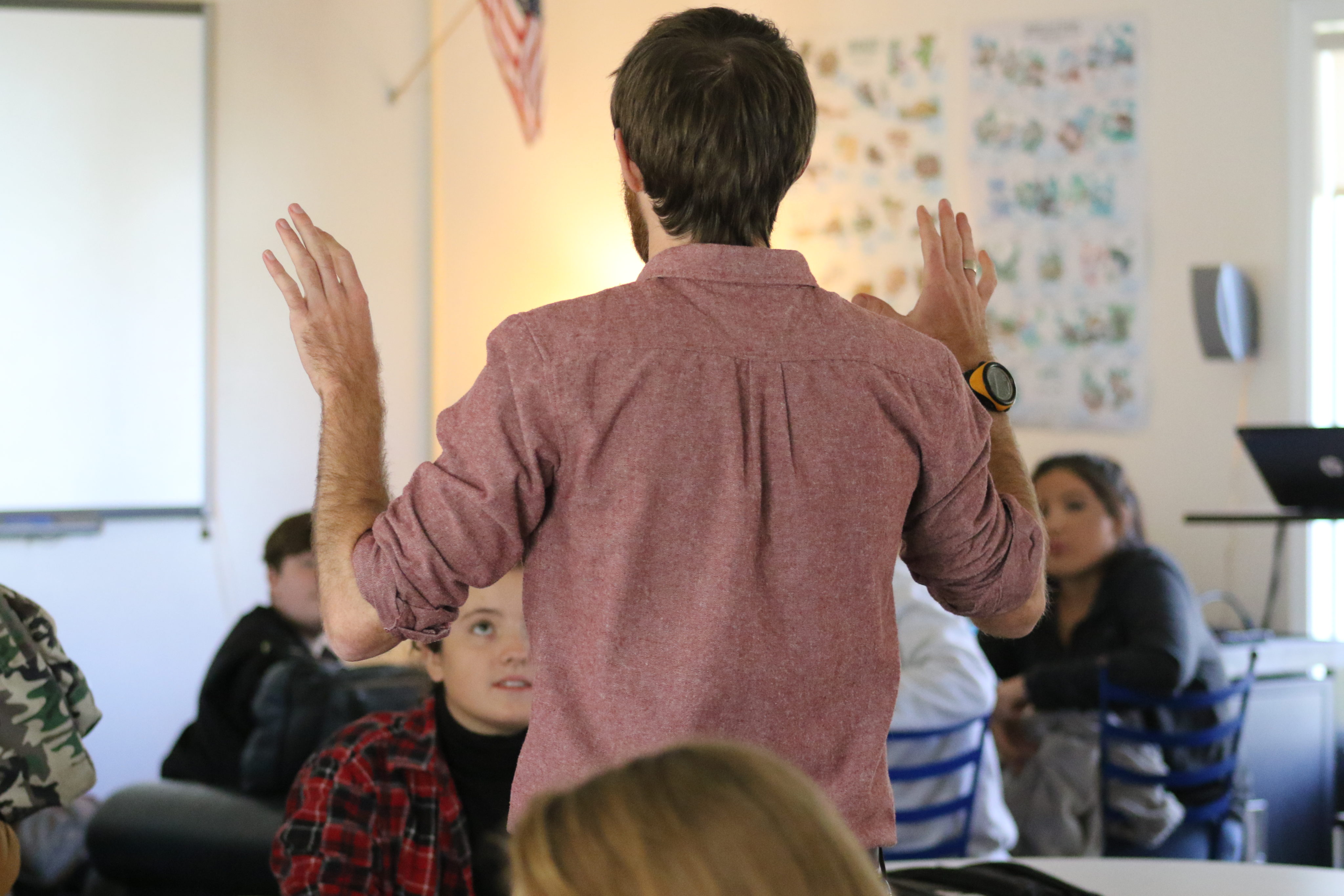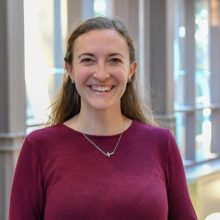
When early colleges were first introduced in North Carolina in 2004, they were met with a lot of uncertainty. Education leaders, legislators, and parents questioned how 16-year-olds could successfully take college courses. Moreover, they questioned the target audience for early colleges: students who are typically not successful in traditional high school.
Fast forward to the most recent school report card grades from 2021-22. Nearly 95% of all early colleges received an A or B performance grade compared to 35% of traditional comprehensive high schools (see table below). For a grade of D, 28% of traditional comprehensive high schools received this grade, whereas no early colleges did. Though it should be noted that there are significant limitations with the current criteria for grading schools, this performance for North Carolina’s 98 early colleges is one worth lifting up and exploring further.
| School report card grades | A | B | C | D | F |
| Number of comprehensive high schools | 39 | 103 | 177 | 84 | 2 |
| Number of early college high schools | 73 | 20 | 5 |
The creation of North Carolina’s early colleges provides a compelling example of how thinking differently about education can raise outcomes.
Research points to positive outcomes
There is strong evidence for the effectiveness of early colleges. To control for early colleges being able to choose their students, this 2019 study of 10 early colleges involved 2,400 students who participated in randomized admission lotteries. The study compared those who were either accepted to an early college (treatment group) or not accepted (control group). A summary of the findings included:
- Within six years after expected high school graduation, about 84% of treatment students enrolled in college, compared with 77% of students in the control group.
- Within four years of expected high school graduation, 21% of early college students had earned a bachelor’s degree, compared with 11% of control group students.
At New Hanover High School in Wilmington, we are doing relevant research. In a collaborative effort, we (UNC-Wilmington education professor Robert Smith, New Hanover High School principal Philip Sutton, and English teacher Kylee Maarschalk) are seeking to compare the experiences of New Hanover High school students who are in certain extra-curricular and academic enrichment programs to those who are not in programs (publication in progress).
As we analyzed the data, we began to consider similarities between the support students receive from being in these programs (like interdisciplinary Pre-Lyceum courses and the school’s Lyceum Academy, the Striving to Achieve Excellence (STAE) program, yearbook, Reserve Officers’ Training Corps (ROTC), and Relationships that Inspire Student Empowerment) to key features of the organization of early colleges.
One of the main differences between early colleges and traditional high schools is size. Early colleges normally serve 200-400 students compared with traditional high schools enrolling 500 to 2,000 or more students. Comprehensive high schools may be more efficient in serving large numbers of students with differing interests. The small size of early colleges allows them to provide a more personal experience.
It may be unrealistic for all students to attend small high schools, although this could depend on what is defined as “small.” Putting the issue of creating more small high schools and/or early colleges to the side, it is important to consider what traditional high schools can learn from early colleges.
Strong relationships matter
A 2020 report from the American Institutes for Research on early colleges describes how early colleges have the potential to improve the high school experience for all students. The report identifies the “common denominator” of early college programs as “a schoolwide focus on instructional rigor, a college-going culture, and strong support for all students.” The report states, “this schoolwide focus helps to ensure that all students—not just higher achieving students or students from higher socioeconomic classes—benefit from the program.”
Isaac Lake, a state consultant for the North Carolina Department of Public Instruction’s division of Advanced Learning and Gifted Education described the culture of early colleges to EdNC in 2019 as: “A blending of we need to know these students well, care about them well, support them personally and academically — but that combined with rigor and innovative instruction.”
Besides size, another difference between early colleges and traditional schools is that the mission of early colleges is often more focused than that of large comprehensive high schools, like intentionally serving first-generation college students.
Two aspects of the culture of early colleges stand out: Students have a relationship with one or more caring adults focused on learning, and students have a supportive peer group also focused on learning.
Students at early colleges often refer to their school as a family. In a 2021 qualitative study of college readiness from Northwestern University with 17 early college students, all the students identified the importance of a peer cohort to their positive experience in early college.
Students described how being in a cohort helped to develop their motivation to do well in early college. They used terms like “family;” “community;” “strong bonds;” “having each other’s backs.” One student Randy, suggested that “high schools should look into creating a cohort model.” He described the benefits: “I think so many high schoolers get lost in, like, all the teachers not helping, you know, or my parents are not at home, or whatever the case is.” He said this would “help tremendously with keeping kids from either dropping out or just having overall better grades.”
Work by the Christensen Institute has highlighted the importance of relationships to student success. This includes relationships with teachers, students, mentors, and other people outside of school. They state, “Opportunity sits at the cross-section of what you know and who you know.” Relationships are seen as helping form a students’ support network, which contributes to healthy development and long-term well-being. Networks create “social capital” defined as “students’ access and ability to mobilize relationships that help them further their potential and goals, both as those goals emerge and as they inevitably shift over time.”
What can be replicated in traditional settings?
How can we organize teaching and learning at large comprehensive high schools to ensure that students experience a similar level of support to those at early colleges?
Early results from our research show that some students already have supportive relationships with a caring adult and with peers focused on learning. This support is commonly available to students who are in certain programs. International Baccalaureate (IB) and Advancement Via Individual determination (AVID) are two examples of established national programs. Schools and districts often create their own programs to provide support for a group of students or to offer a distinctive curriculum focus. Academies and smaller learning communities are other ways to create supportive, personalized learning spaces. In addition to providing support, programs provide students with a sense of purpose and identity. Having support from a caring teacher and peers and a sense of purpose and identity are key factors to student success.
What support do educators at traditional high schools need to make these significant changes? Our team at New Hanover High is working to identify next steps. Interested schools could start by surveying students about their support network, asking two questions: 1) Can students identify at least one adult they can talk to comfortably at their school, and 2) How supportive are peers to their success? Schools should also consider issues of equity in who has access to a support network.
Without question, meaningful school reform requires changes in our approach to school improvement. The current model is based on individual schools making incremental changes. More substantive changes require time and resources as many administrators, teachers, and staff at comprehensive high schools are overwhelmed simply meeting day-to-day challenges. If thinking differently can help raise student outcomes, then North Carolina should provide incentives for teachers and principals to pursue substantive changes.




